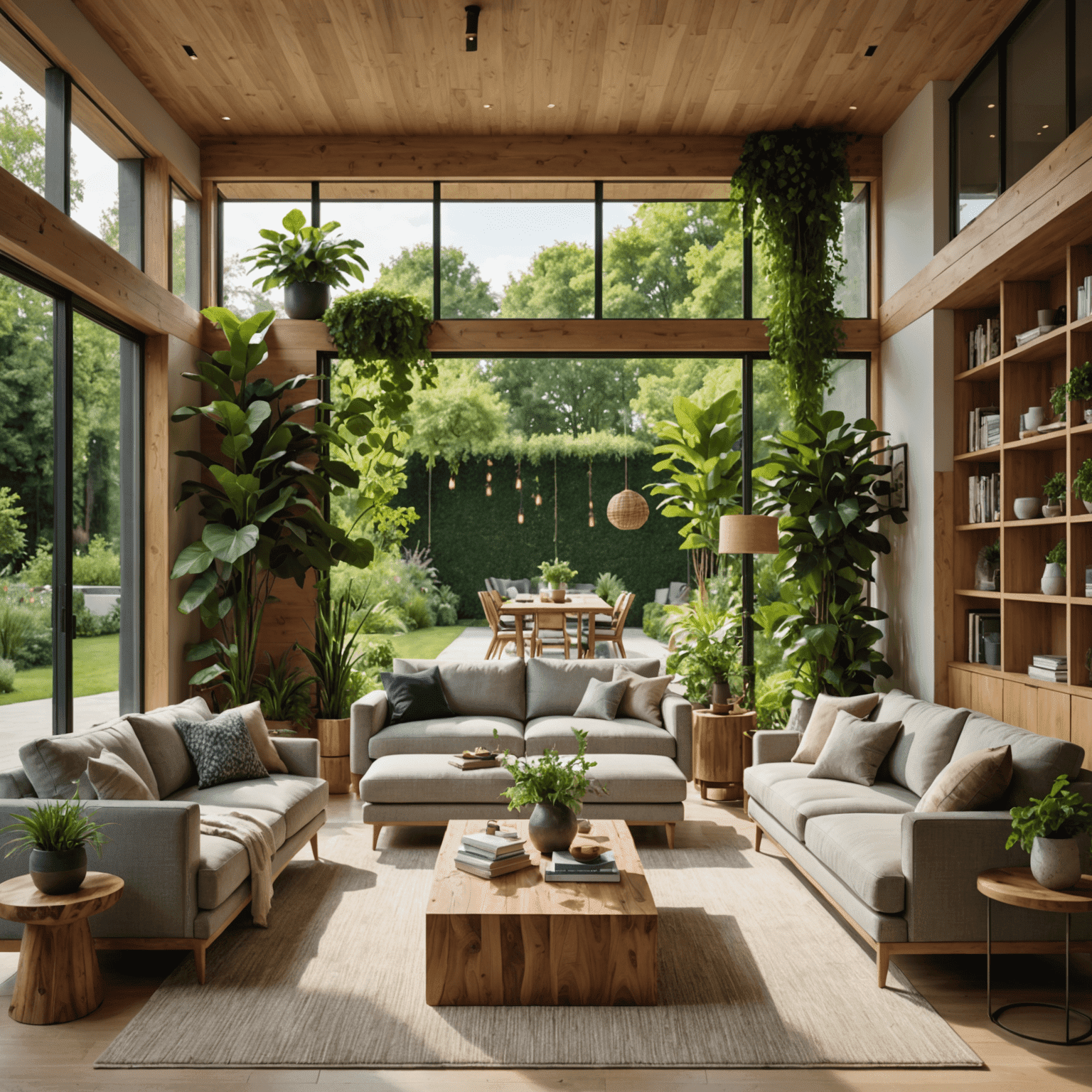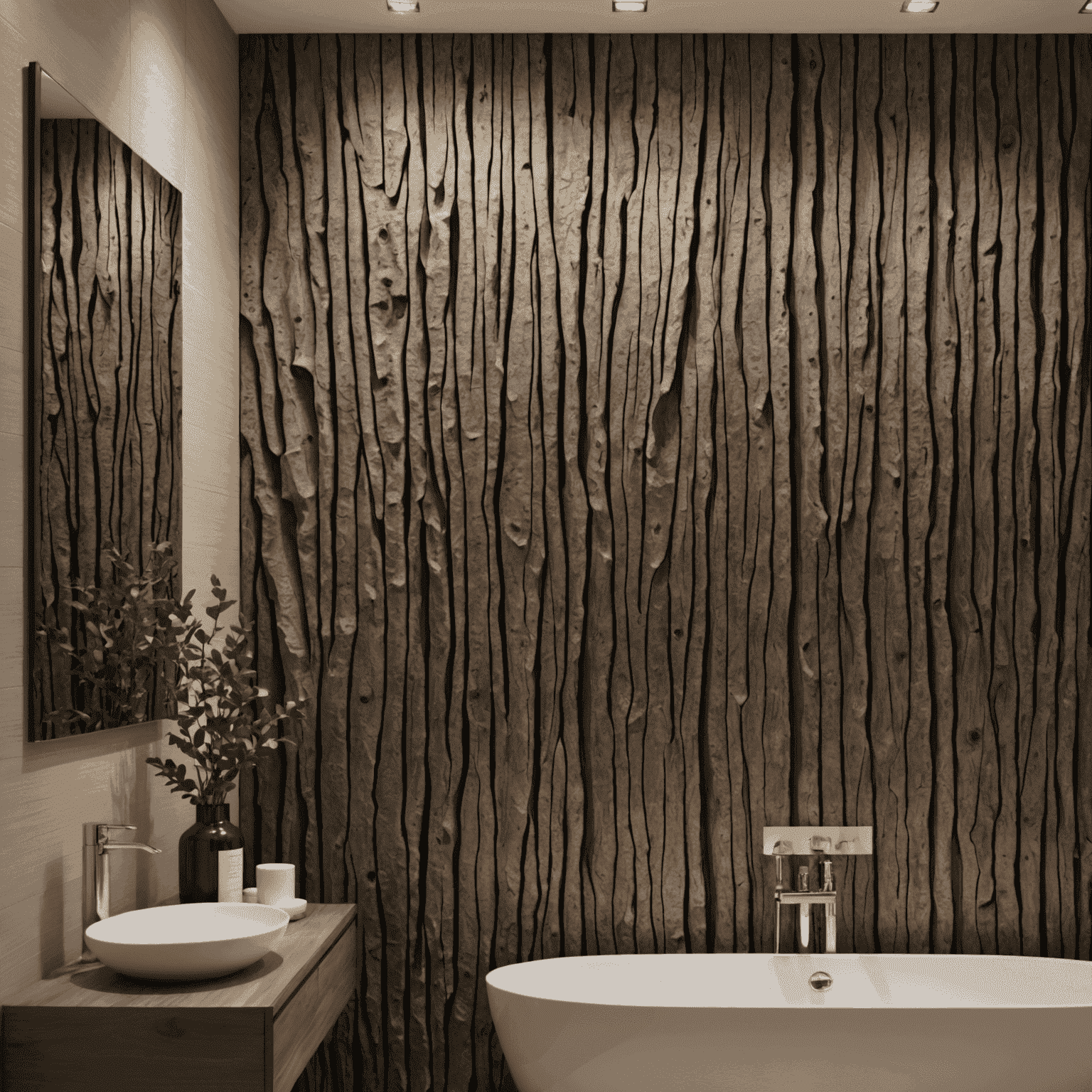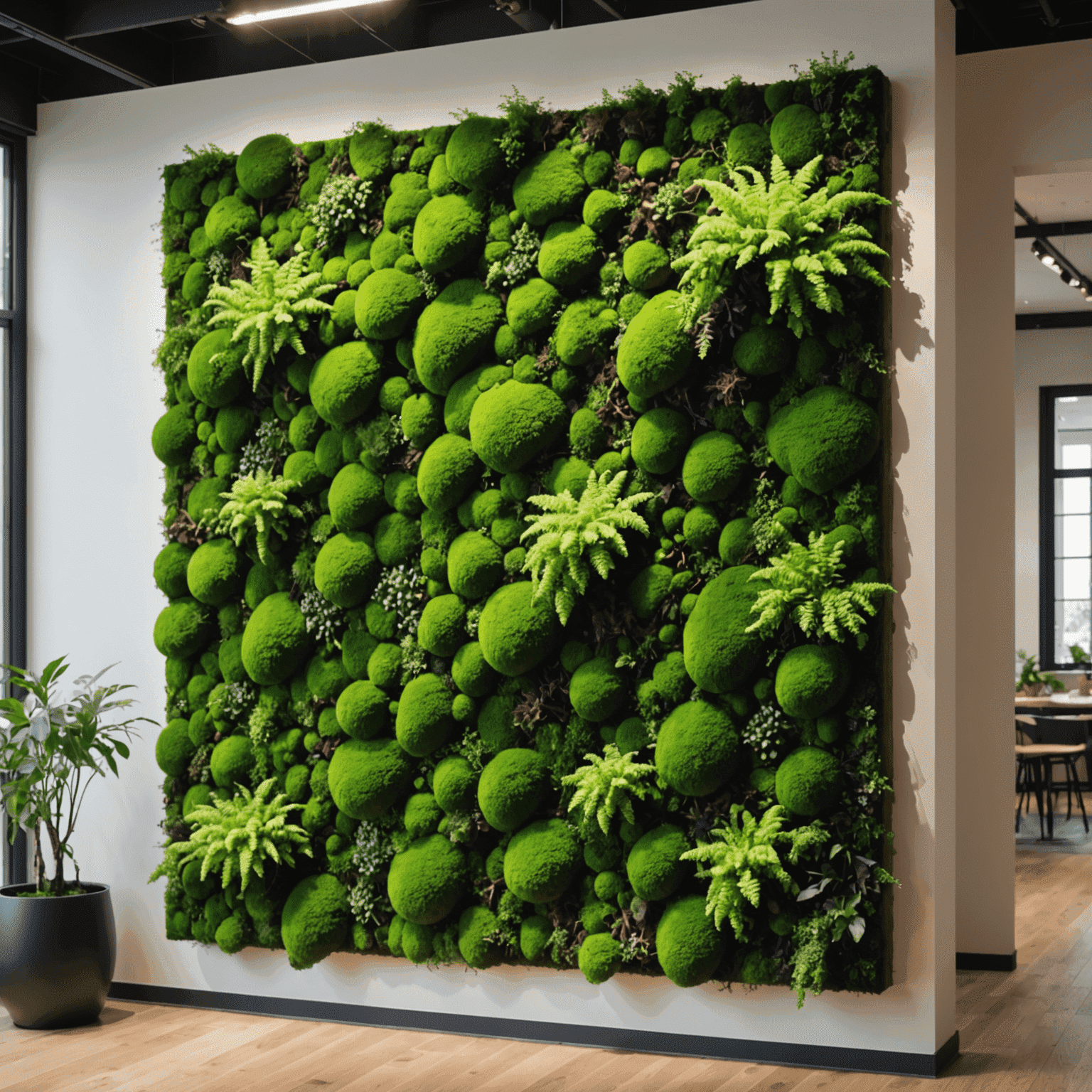Biophilic Design with Modern Materials

In the realm of interior design, the fusion of biophilic principles with cutting-edge materials is revolutionizing how we create harmonious living spaces. This approach not only satisfies our innate need to connect with nature but also embraces the innovative solutions offered by modern manufacturing.
Embracing Nature-Inspired Textures
Modern materials are now capable of mimicking natural textures with astonishing accuracy. From wood-grain ceramics to stone-like composites, these surfaces bring the outdoors in without compromising on durability or maintenance.

Light-Filtering Solutions
Advanced polymers and smart glass technologies allow for dynamic light control, mimicking the dappled sunlight through leaves. These materials can transform spaces throughout the day, creating a living, breathing environment that responds to natural light cycles.
Living Materials
Bioengineered materials that incorporate living organisms, such as algae-infused facades or mycelium-based insulation, are pushing the boundaries of what's possible in sustainable design. These materials not only look natural but actively contribute to a healthier indoor environment.

Sustainable Synthetics
Eco-friendly synthetic materials derived from recycled plastics or plant-based sources offer the look and feel of natural materials without the environmental impact. These innovative options allow designers to create biophilic spaces that are both beautiful and responsible.
Integrating Technology Seamlessly
Smart materials that respond to touch, temperature, or light can be integrated into biophilic designs to create interactive elements that enhance the connection between occupants and their environment. Think color-changing surfaces or heat-responsive textures that add a layer of natural dynamism to interiors.

Conclusion
By thoughtfully integrating these modern materials into biophilic design, we can create spaces that not only look and feel natural but also perform better in terms of sustainability, health, and well-being. As we continue to redefine living spaces, the harmonious blend of nature-inspired design and innovative materials will undoubtedly play a crucial role in shaping the interiors of the future.